Your Cart is Empty
Here’s a puzzle for you:
If diamonds are the toughest gemstone on earth, what material do you use to cut it?
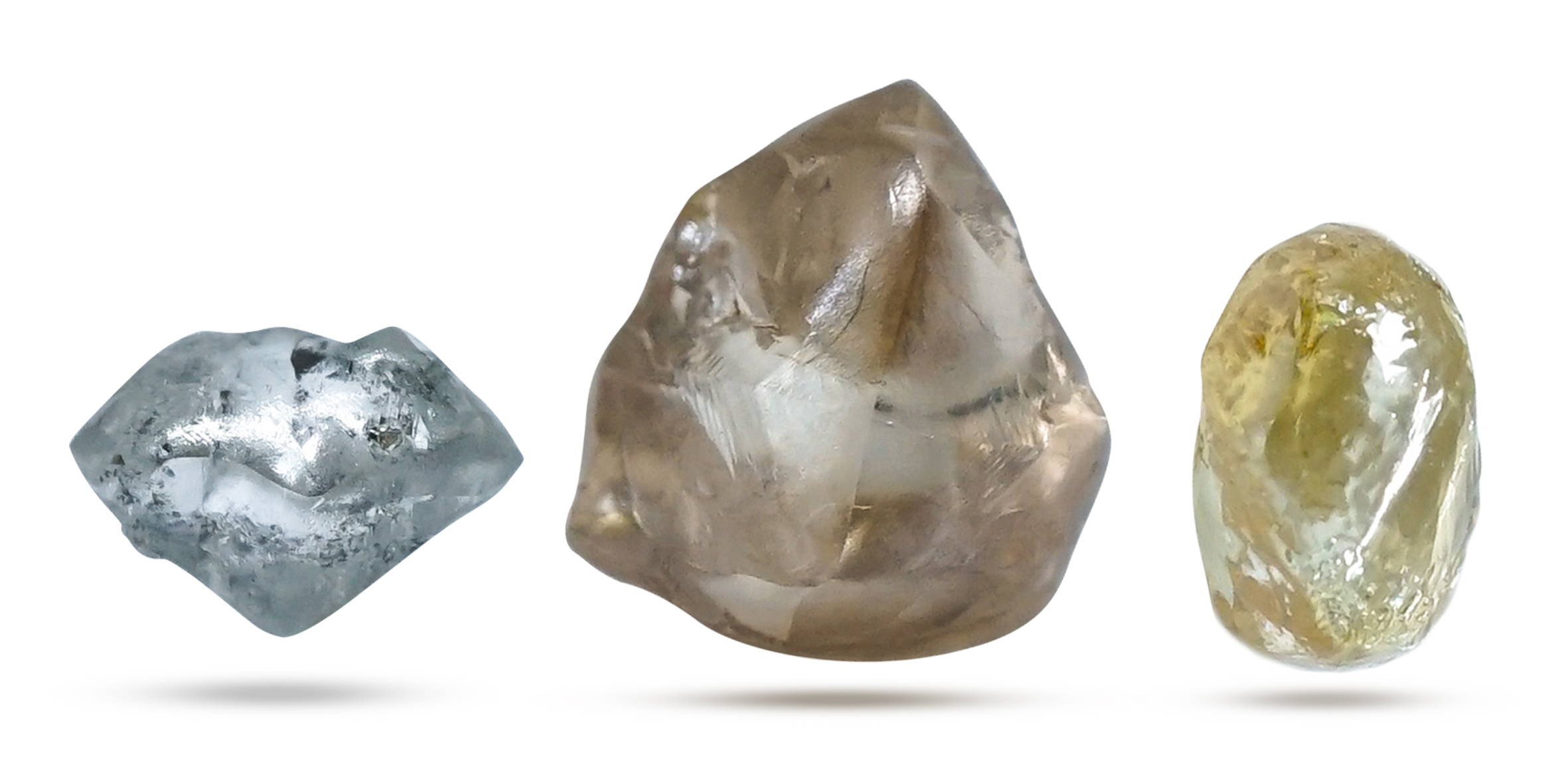
The answer is, drumroll please... another diamond!
How does that work?
It goes right back to the beginning of a diamond’s journey as soon as it’s found. A rough diamond is assessed by traders. They quickly scramble and call dibs on the ones they consider precious. These rough diamonds are then cut, polished and inspected. To uncover the diamond in the rough, cutters make use of industrial diamonds (aka lesser quality diamonds) to do the hard work.
In the process of unearthing rough diamonds, only 20% end up being qualified for jewelry use. This percentage varies depending on the source, but it’s always a significantly smaller number than what’s discovered. The rest of it goes to other industries (however, this ‘beauty standard’ is changing with the salt and pepper diamond trend).
Nothing goes to waste when it comes to diamonds. Diamonds are more than a pretty little thing to decorate your jewelry. They’re used in electronic parts, they grind roads so it’s smoother and reduce highway noise, and they’re used on the tip of drilling machines to cut through materials effectively and quickly.
First developed in 1954 by General Electric, lab-grown diamonds were created to satisfy the increasing demand for industrial diamonds. It became widely used by the 1980s. Lab-grown diamonds are cheap to produce and it’s getting increasingly cost-effective. They share the same chemical structure as natural diamonds, and have the same strength and hardness.
Scientists mimic the earth’s natural process of diamond-making; instead of taking millions of years, lab-grown diamonds take mere weeks to make. The technology behind lab-grown diamonds are now more advanced and precise, to the point only a professional gemologist with specialized equipment can distinguish between lab-grown diamonds and natural diamonds.
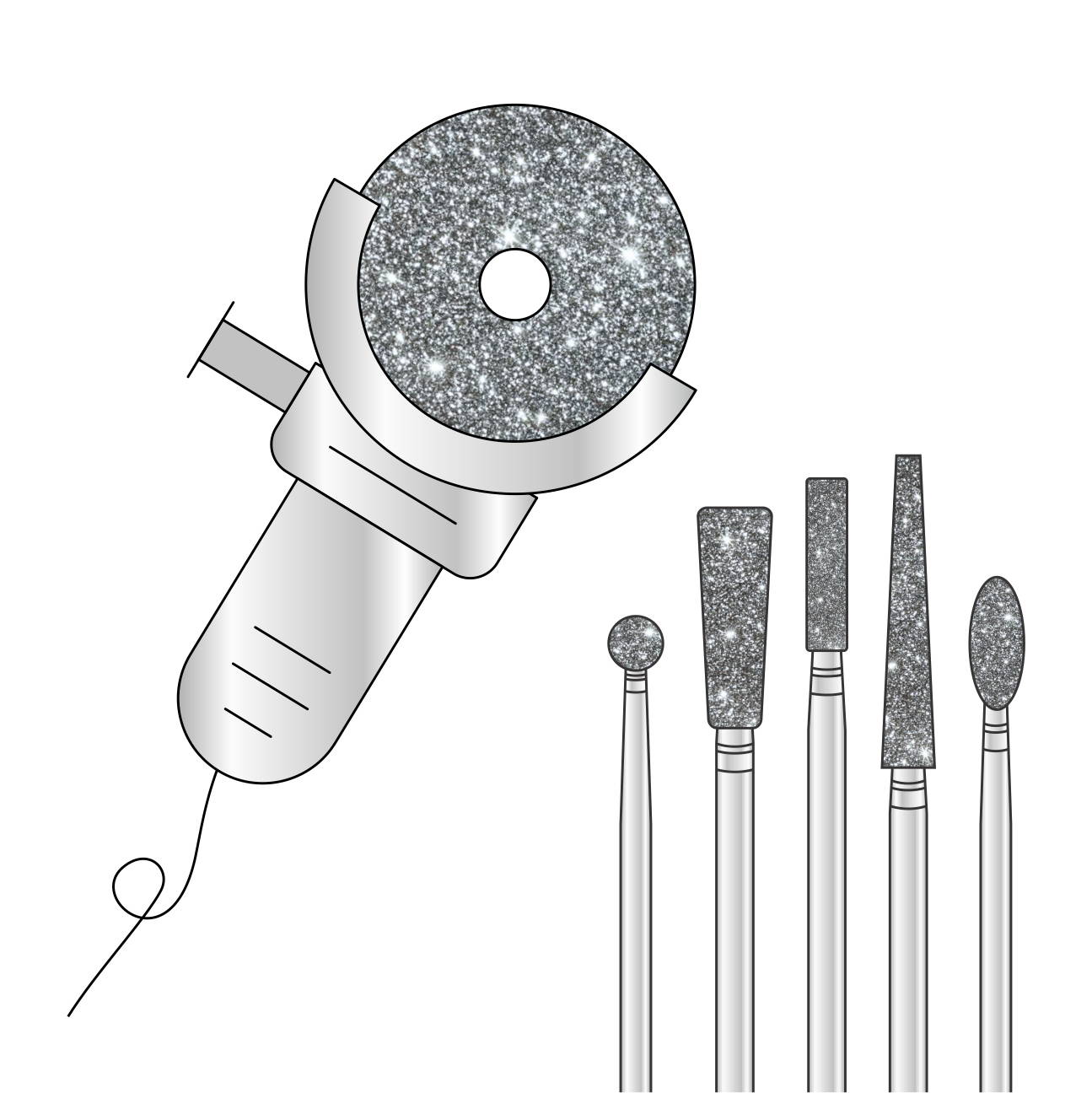

Lab-grown diamonds have become a popular alternative for an ethical engagement ring.
But the million dollar question is - are lab grown diamonds truly more ethical to the entire supply chain?
Here’s our assessment:
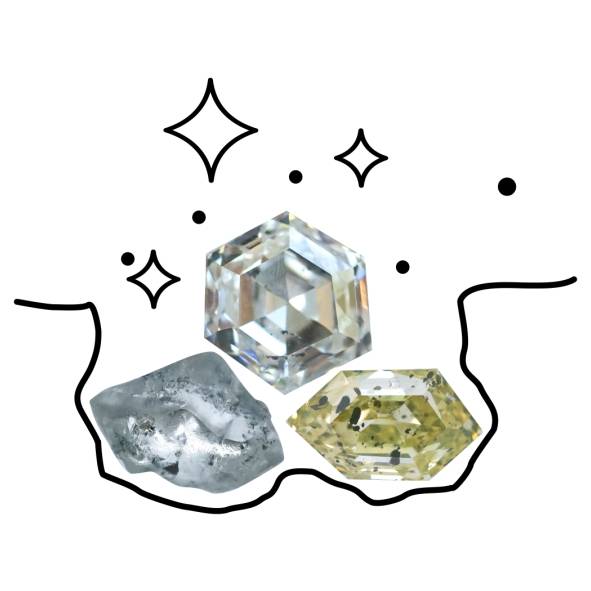
Traceability
Lab-grown diamonds are 100% traceable. The lab could be in a quaint middle-class neighborhood in San Francisco. It’s easy to trace it back to where it comes from
In contrast, tracing a natural diamond is more challenging, and having the Kimberley Process isn’t enough. You need to be aware of the social, political, and economical issues in the country of origin, weigh the risks, then get connected to a seller, then check their certification, then call them for further clarifications, and hope they didn’t just replace the diamonds in the batch with other diamonds anywhere down the supply chain.
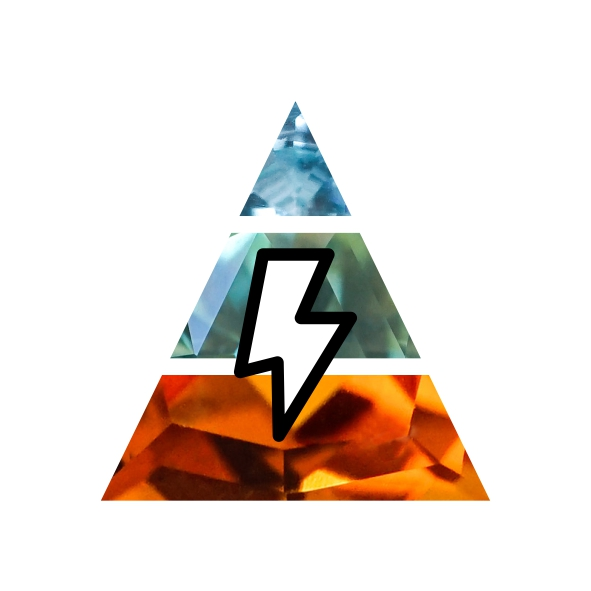
Energy use
Does it take a lot of energy to condense billions of years worth of energy to mere weeks? Yes, yes it does. It’s estimated each carat of polished diamond grown in a lab emits 511 kg of CO2, whereas an average polished mined diamond carat is responsible for an estimated 160 kg of CO2 emissions. More than half of the lab-grown diamonds grown in China, where coal is used to power the growing of your diamond.
Just because it’s synthetic, doesn’t mean it’s ethical or sustainable.
In Borneo, artisanal miners go to nearby lakes or rivers to manually scoop up alluvial deposits at the surface, which they then pan in search of diamonds. Since gemstones are heavier than regular stones, it will slowly separate.

Employment
Natural diamonds may employ and empower local communities. Lab-grown diamonds tend to employ university graduates who studied natural sciences and chemistry. Both have their own place in the big picture.
For us, empowering local communities and establishing a greener supply chain is at the heart of what we do. Once you’ve really entered the supply chain and gone all the way to the source, it’s hard to say a ‘better’ alternative for us means a ‘better’ alternative for others. Labeling natural diamonds mined by artisanal miners as lesser than lab grown diamonds, in terms of ethical and sustainable practices is questionable at best, harmful at worst.
Mining is a major source of income for many of the indigenous people we work with. And it’s not just them. Around the world, 40 million people work in artisanal and small-scale mining, and an additional 100 million people indirectly depend on this sector for their livelihoods.
Shutting down their supply chain and their source of income isn’t an option for us.

Economic Development
Countries like Botswana, Namibia, and South Africa benefited from the ‘diamond rush’ in the 1970s. Profit was used to build the community, make people live better, businesses thrive, and the cycle continues. Diamonds uplift their lives.
Yes, it’s a longer supply chain from Borneo to the USA than from a lab in San Francisco to a buyer in New York, but it’s equally weighted by the positive social impact at the other end.
So knowing everything we know so far - can lab grown diamonds fix the broken diamond mining status quo? Are lab-grown diamonds an ethical alternative? The answer to that question depends on your values and what matters to you. For us, it’s a resounding no.
While they provide an amazing alternative for those looking for a guilt-free diamond, they’re not really doing enough to disrupt existing practices. On the surface, they're an easy pick to avoid conflict ridden areas and the possible exploitation of people and the environment. But when you get down to the nitty gritty of just how much change they can affect, they’re going for neutral impact. This means they’re not really doing any harm to communities and the environment, but they’re not contributing anything positive towards it either.
Positive impact is what we believe in. Positive change is the way forward for us.
Working with small scale and artisanal miners, we see how their income is still tied to the diamond and gemstone industry, and their lives are still trapped within the broken system. What we need is a cleaner supply chain alternative, which treats and compensates these artisanal miners fairly.
Here’s the other million dollar question: how does Gardens of the Sun ethically source our diamonds?
Our diamonds from Borneo...
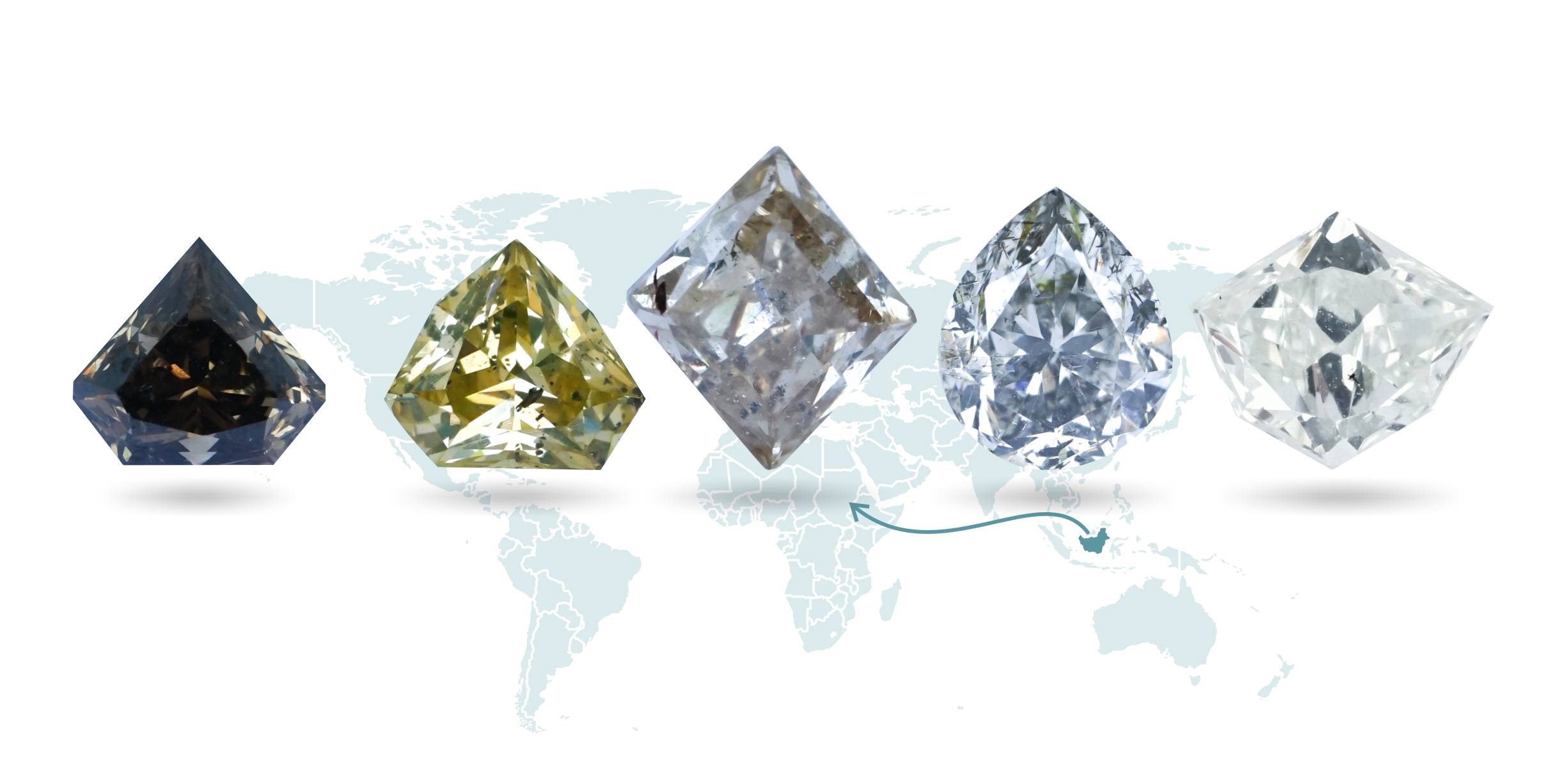
Borneo is truly a treasure island. Buried underneath its lush forest is gold, silver, sapphires, rubies, and diamonds. And Borneo’s mining sites go all the way back to the 6th century, one of the earliest in the world.
To ensure our diamonds are truly ethical, we do the necessary legwork and research. We pour over studies and we visit the miners. You see, traditional mining methods are pretty ethical. As mentioned before, they do things old school, and manual is as low impact and slow as it gets.
Our diamonds from Canada…
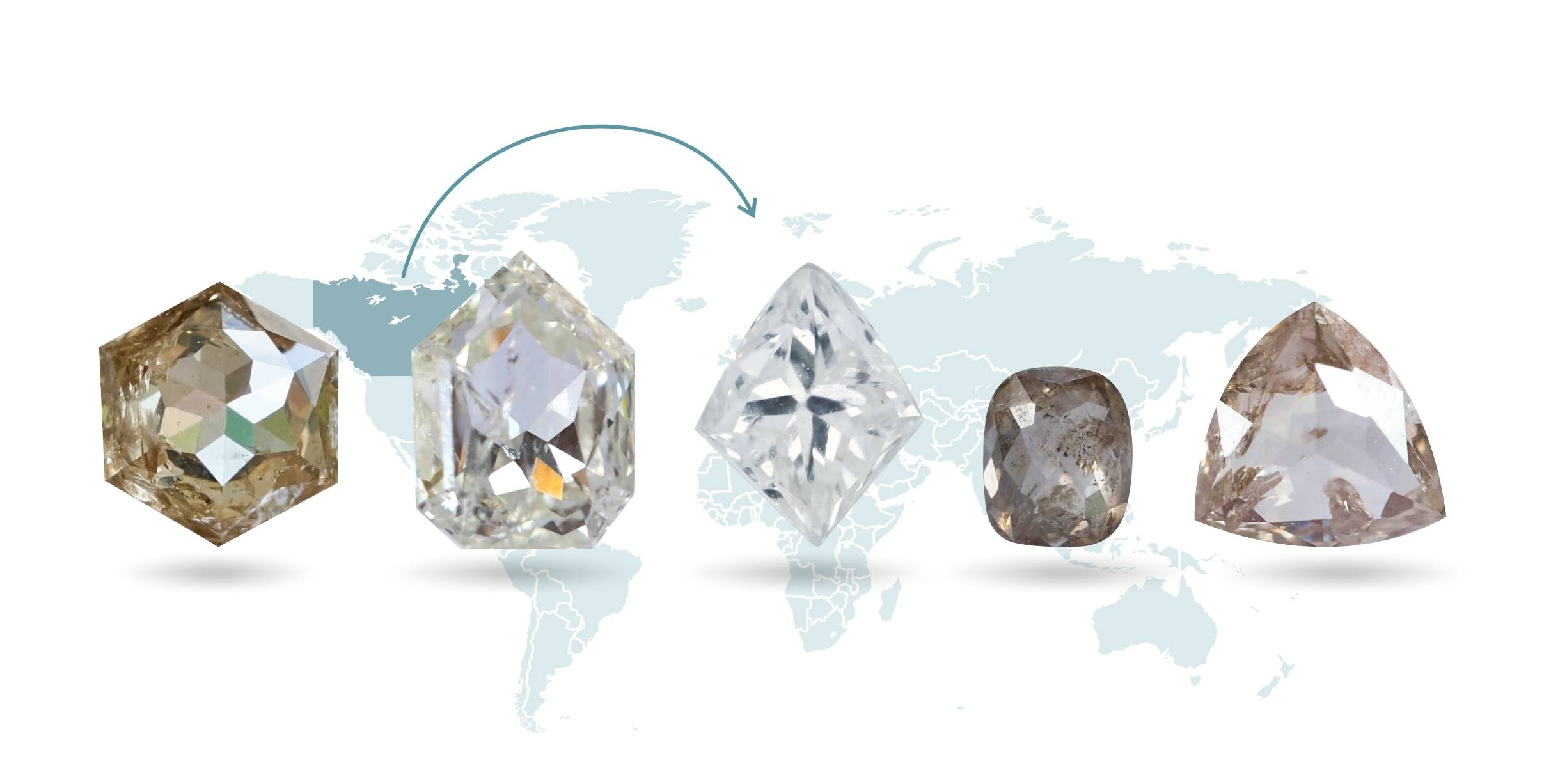
Up there under the celestial sky is the world’s fourth biggest diamonds producer. Mining in the arctic is as chilling as it sounds, but it didn’t stop miners from flocking to mining sites.
Our Canadian diamonds (non-melee) come with certificates which allows us to check their journey. Traceability is a vital part in understanding the impact jewelry has along the way. We conduct our own risk assessment to ensure the mining practice complies with the high standards we set.
Our diamonds from Botswana…

In Botswana, De Beers actually came out as one of the heroes, alongside Botswanians, of course. When diamonds were discovered in the 1960s, Botswana was one of the poorest countries in Africa. Diamonds found in Botswana weren’t in alluvial deposits, so they needed help from big mining companies. The president at the time, Seretse Khama, then allowed De Beers to manage the mining operation, as long as they agreed to a progressive taxation system under which mining companies are taxed at higher rates as their profits go up. Meanwhile, the government’s priority wasn’t to profit, but to focus on essential infrastructure, like the education system, roads and access to clean water.
As a result, 80% of profit from the diamond industry stays in the country. Citizens benefit from free education, free healthcare and an expansion of local jobs in the diamond industry. Plans are in place for a more diversified economic future. Botswana is now one of the richest countries in Africa. It’s a good ending.
Some say lab-grown diamonds don’t give them the same energy as a natural diamond; others feel more empowered knowing their diamond is made in a lab, whereas others feel empowered knowing their diamond is sourced by artisanal miners. Neither are wrong. The main takeaway is this: diamonds shouldn’t make you feel guilty.
For us, wading the murky waters of the supply chain is the only way to turn the table, especially for the artisanal miners. Good work is slowly being done, and we’ve seen how by ‘simply’ pushing for transparency and shortening trade lines, those at the end of the supply chain are living better.
Diamonds aren’t just pretty things. They reflect light as much as they reflect our values. And on our journey beyond jewelry, they’re a shining example of why this adventure is worth going on.







